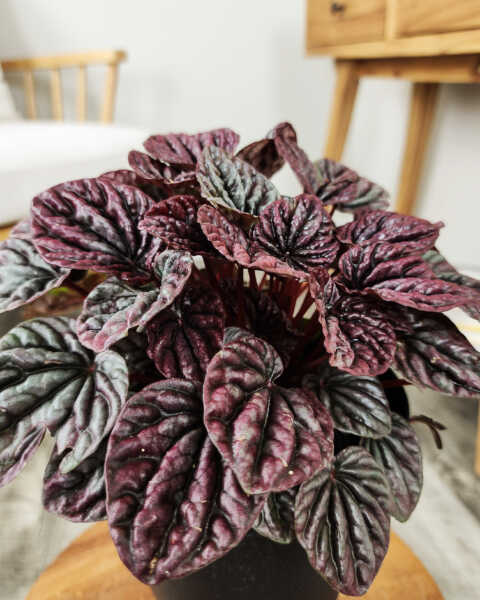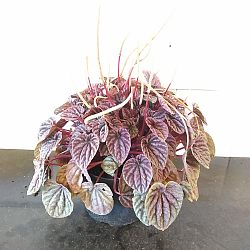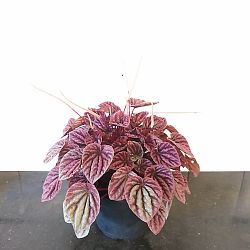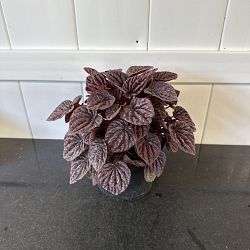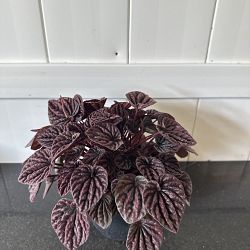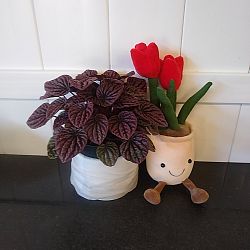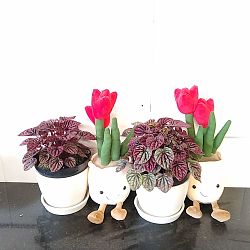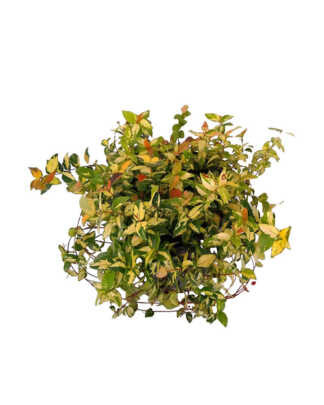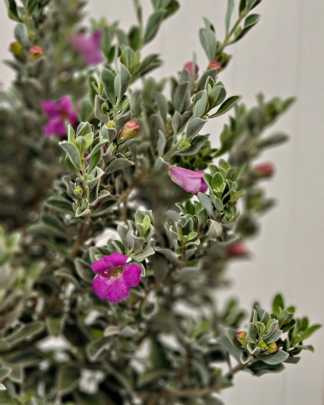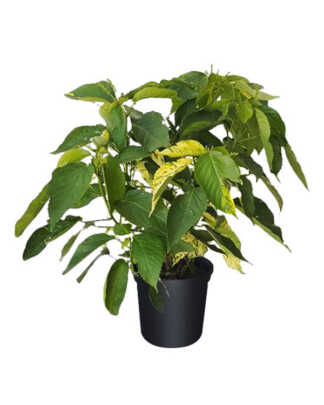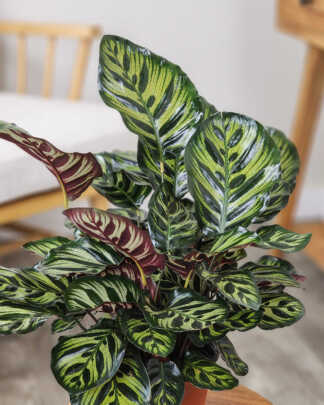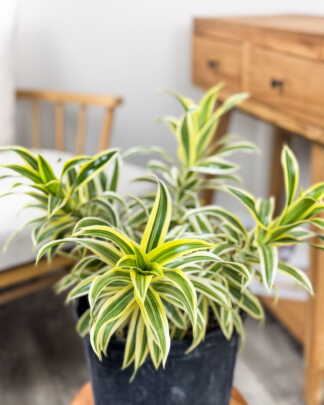Description
Caring for your Peperomia
Peperomia, also known as radiator plant, is a genus of over a thousand species of small, resilient plants that are great for indoor gardening. The plants in this family are diverse in appearance, from the rounded, glossy leaves of the raindrop Peperomia to the thick, fleshy leaves of the Peperomia caperata, making each variety a unique addition to any plant collection.
Light
Peperomia plants prefer medium to bright indirect light. However, these adaptable houseplants can also survive in lower light conditions. They’re sensitive to direct sunlight, which can scorch their leaves, causing them to turn yellow or white. If you’re keeping them near a window, make sure it’s north-facing or covered with a sheer curtain.
Water
Peperomia plants have a semi-succulent nature, which means they store water in their stems and leaves. This trait makes them somewhat drought-tolerant. It’s important to let the top 50% of the soil dry out between watering. Overwatering can lead to root rot, one of the most common issues for these plants. Water thoroughly but infrequently, allowing any excess to drain away. As for humidity, these plants appreciate a bit of extra moisture in the air, but they can still tolerate average home humidity levels.
Temperature
Being tropical plants, Peperomia thrive in a wide temperature range from 60 to 80°F (15-27°C). They don’t handle cold temperatures well, so avoid placing them near drafts or cold windows during the winter months.
Soil
Peperomia prefer well-draining soil to prevent waterlogging. A good mix would be one part perlite or coarse sand to two parts peat or a general-purpose potting mix. When it comes to pots, choose one with ample drainage holes. Peperomia have a small root system and prefer to be pot-bound, so they don’t require frequent repotting. Generally, repotting every 2-3 years will suffice.
Fertilizer
Peperomia aren’t heavy feeders, so you can fertilize them sparingly. Use a balanced (20-20-20) water-soluble fertilizer diluted to half strength. Feed them during the growing season (spring and summer), and avoid fertilizing in the winter when plant growth naturally slows down.
Pruning
Pruning helps maintain the shape of your Peperomia and promotes bushier growth. You can prune any time of the year, but spring is the best time. Always use sharp, sterilized tools to prevent the spread of diseases.
Propagation
Peperomia are also easy to propagate. Simply cut a leaf with an inch of stem from the mother plant and plant it in a small container with well-draining soil. Keep the soil lightly moist and place the cutting in a bright, warm location.
Common Pests and Problems
Peperomia plants are generally trouble-free, but they can occasionally suffer from pests like mealybugs or spider mites. If you notice any pests, treat the plant with insecticidal soap or a mixture of water and mild dish soap.
Yellowing leaves often indicate overwatering. If the plant starts to look too soggy and the leaves begin to wilt, consider reducing watering frequency. Conversely, if the leaves are wrinkled or puckered, the plant may be underwatered or need a higher humidity environment.
Wilting can also indicate a problem with the roots, often from overwatering and poor drainage. Unpot the plant and trim off any black, mushy roots, then repot into fresh, well-draining soil.

